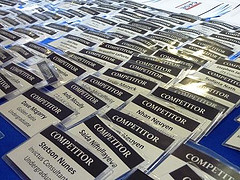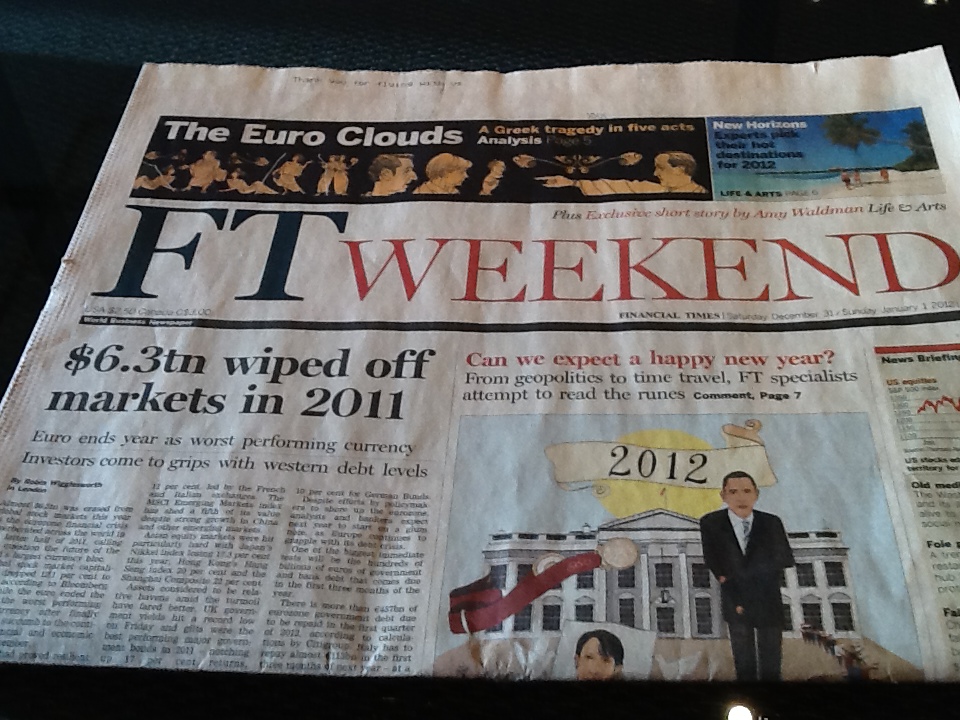 This week I had a meeting to explain how competitive information differs from competitive intelligence, how competitor information differs from competitor intelligence and how market research differs from all of those fields.
This week I had a meeting to explain how competitive information differs from competitive intelligence, how competitor information differs from competitor intelligence and how market research differs from all of those fields.
Some would consider these “splitting a hair” differences, but each term refers to a unique concept. I’ll summarize briefly…very briefly.
Competitive information is the information that is published or in the public domain that focuses on a specific market or product, whereas competitive intelligence is what you know but others don’t. Similarly competitor information is published or in the public domain and competitor intelligence is unpublished but both deal with the actual competitor.
Market research, on the other hand, looks at “why buyers buy.” Competitor intelligence and information deal with “why sellers sell.”
Many simply lump all of these areas together as “competitive intelligence.” or CI. If you’re interested in learning more about competitive intelligence, look at www.scip.org, a one-stop shop window for the Society of Competitive Intelligence Professionals. You’re sure to raise your “CIQ,” your competitive intelligence quotient.
Here I’d like to discuss how CI and thought leadership are integrated and combined drivers of strategic competitiveness.
You can’t be a thought leader unless you know what people – especially your competitors – are already thinking. Once you are aware of and in touch with the thinking inside your competitor’s head – in their world – then you can position yourself ahead of that as a thought leader.
To separate yourself as an industry thought leader, you need to do thorough research so that you know what the thinking is inside the industry. Then you can create distinctive thoughts ahead of where the industry is – otherwise you’ll just be a thought follower.
What’s your CIQ? Ask, assess, then act. We’re here to help.
 To continue the theme over the last few blog entries, here are some additional thoughts about the field of competitive intelligence and thought leadership.
To continue the theme over the last few blog entries, here are some additional thoughts about the field of competitive intelligence and thought leadership.






